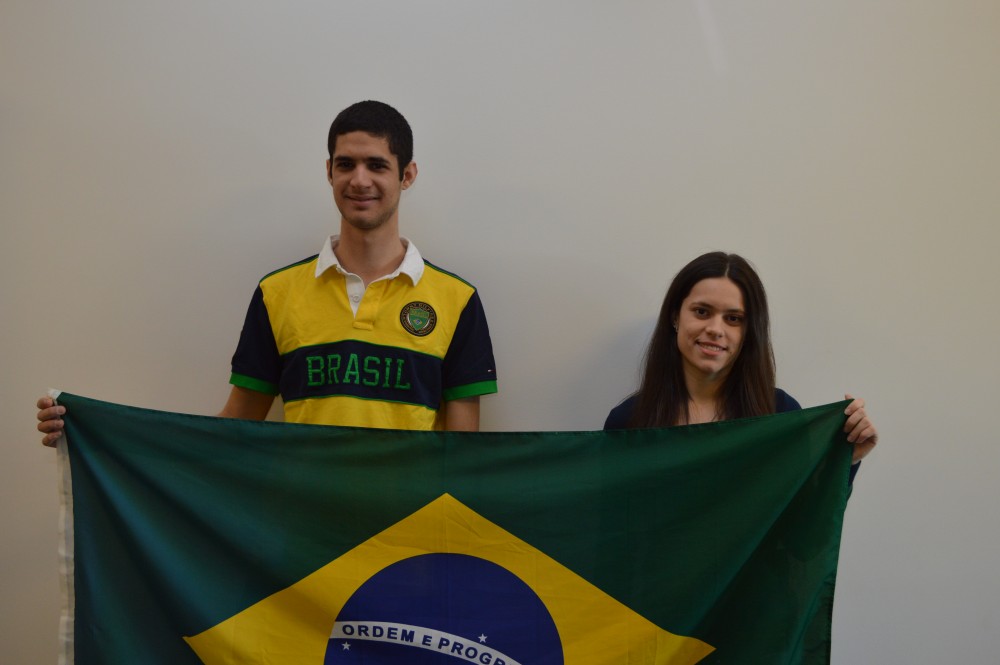
Brazil’s Science without Borders program. It’s been a major learning experience for them, involving many
new adventures, such as seeing snow for the first time.
Bianca Minetto’s first impression of Canada was that there was snow and wood everywhere.
Looking out of the plane window, Minetto was both scared and excited. It was March 2014. Less than a month before, she had received a letter saying that she needed to be in Canada by March 30.
She scrambled to pack, get her visa and book her ticket to Ottawa.
“I didn’t have time to think about it,” said Minetto, a computer engineering student.
Minetto is one of roughly 40 Science without Borders students currently enrolled at Algonquin.
The program was launched by the Brazilian government in 2011. It pays for students to study all over the world in science-related fields.
“The opportunities here are really, really good,” Minetto said. “Honestly, to compare to Brazil they pay you way, way better here.”
Although Brazil has close to 200 million people, only 11 per cent of the working age population has a university degree, according to The Economist. The Science without Borders program hopes to encourage Brazilians to pursue higher education.
“It’s an opportunity you can’t throw away,” said Gabriel Dominissi, one of the first 11 students to arrive at the college. “We don’t want Brazil to be known only for the beaches.”
Algonquin has been hosting Science without Borders students since October 2013.
The program is typically 12-18 months. It involves three parts: language training, academics and internship.
Upon arrival, the students spend several months strengthening their English skills before gradually integrating into their programs.
“They’re all straight A students,” said Jennifer Lloyd, an English for academic purposes instructor. “And I think when you throw language on top of that it can be a bit frustrating for them because they’re not performing at their best. Getting a B is almost like getting an F to them.”
However, one of the biggest challenges was actually adjusting to the Canadian weather. After all, in Brazil, “cold” generally means zero degrees.
“When I came here at first I said, ‘Oh how can anybody survive here? It’s so cold!’” Pedro Cardoso remembered with a laugh. Cardoso, a mechanical engineering student, will be heading back to Brazil in April to finish his degree.
Coming to Canada was an eye opener in other ways too. “It’s extremely safe,” said Dominissi, an electrical engineering student.
“Quality of life is important here. You don’t need to worry about being robbed or anything. It’s just not that violent. In Brazil you have to be more careful.”
Minetto said that it is really hard to be away from her family for so long.
“But if you asked me, ‘Would I do it again?’ Of course I would,” she added, smiling


